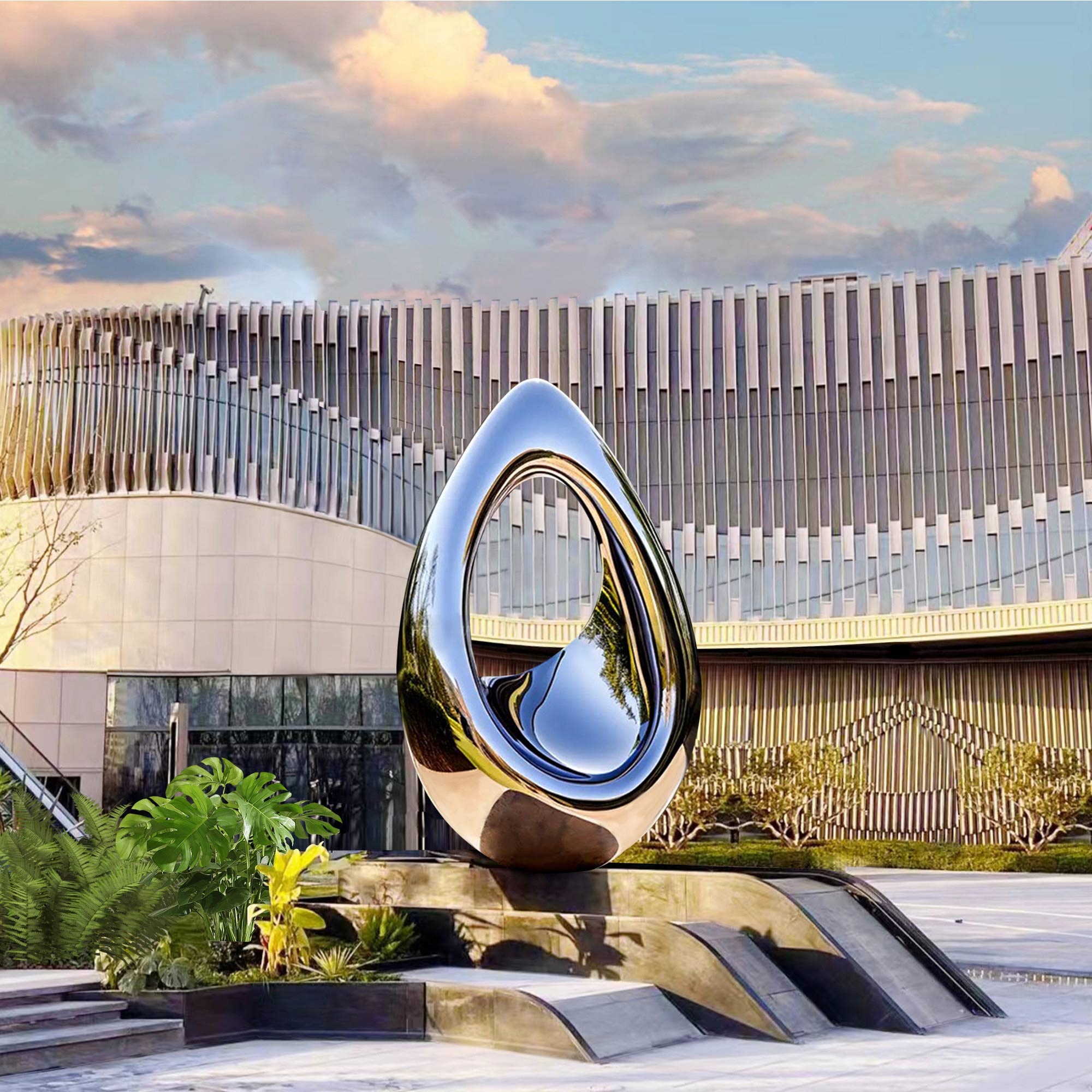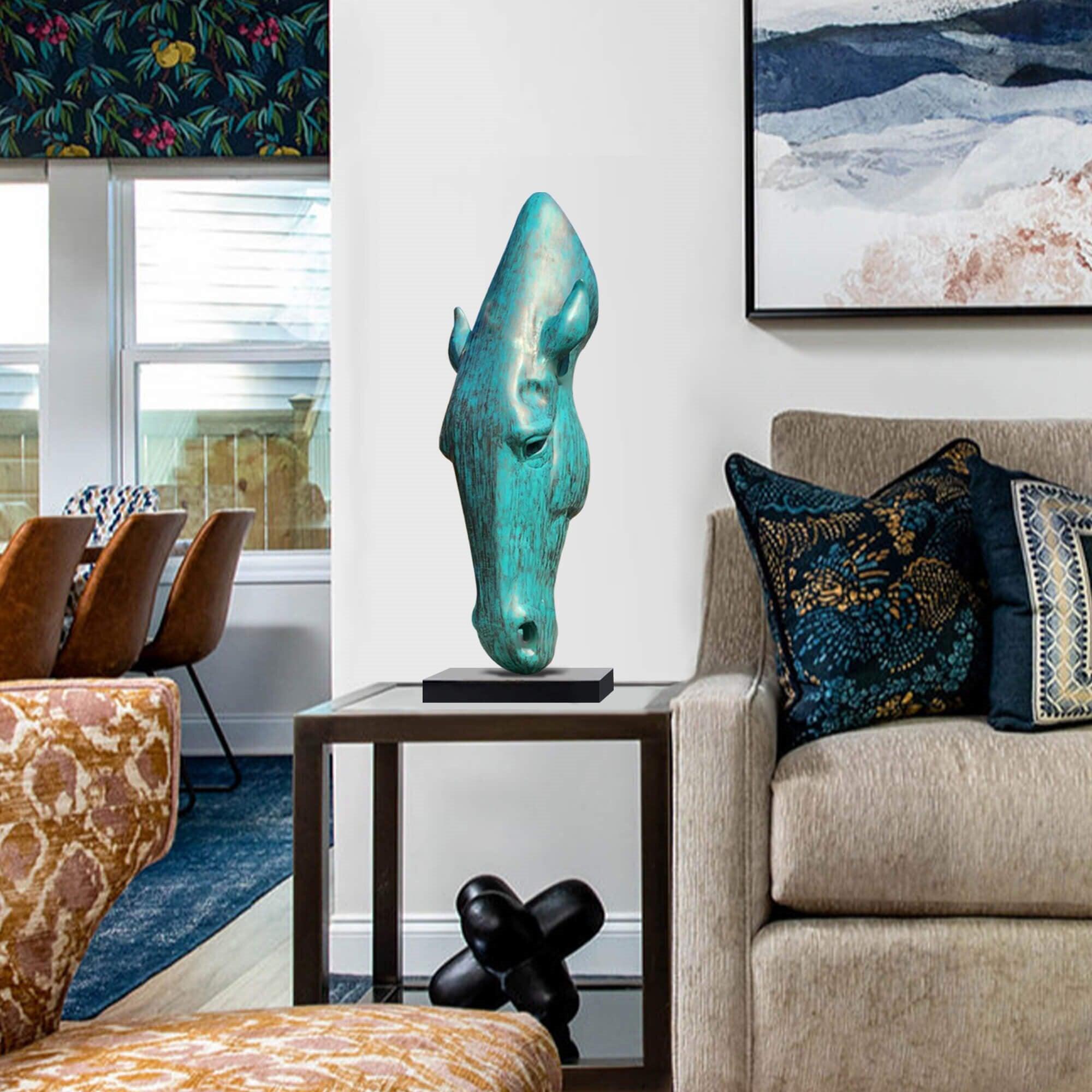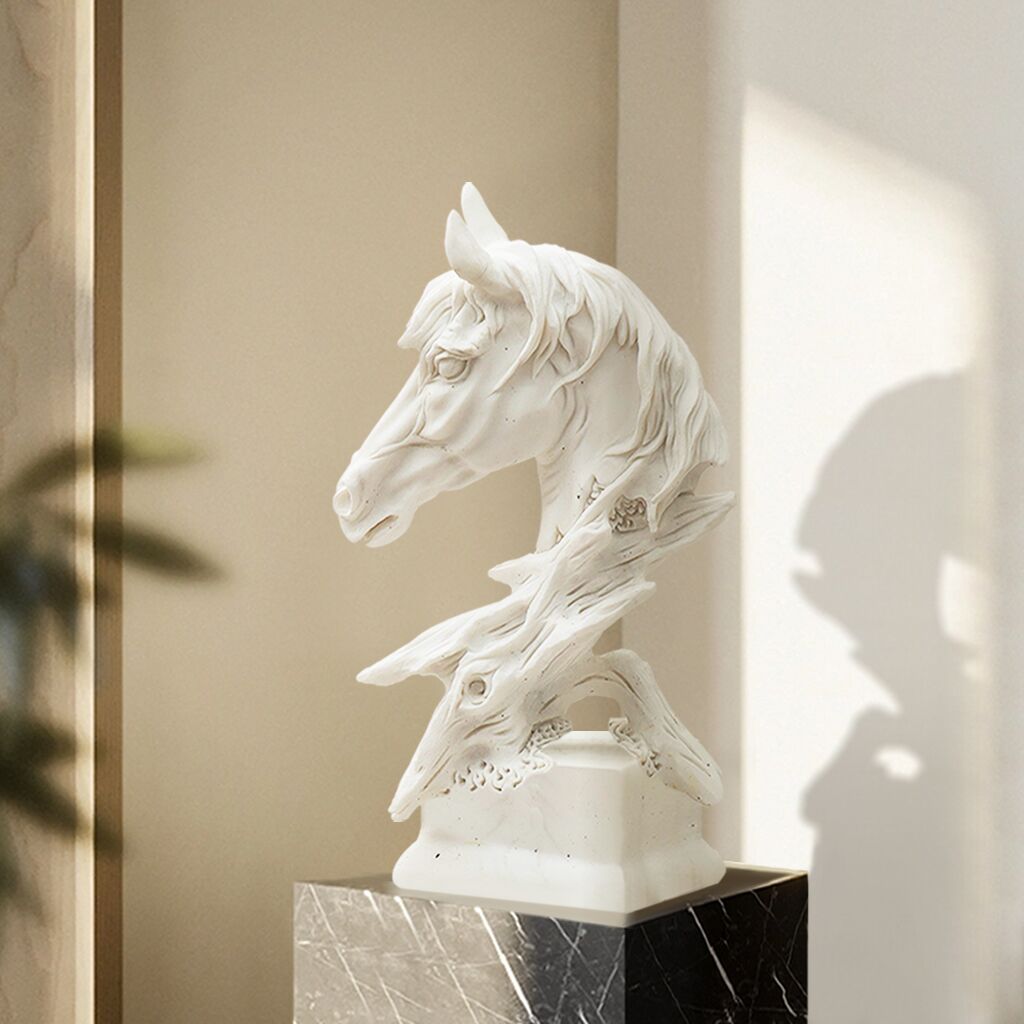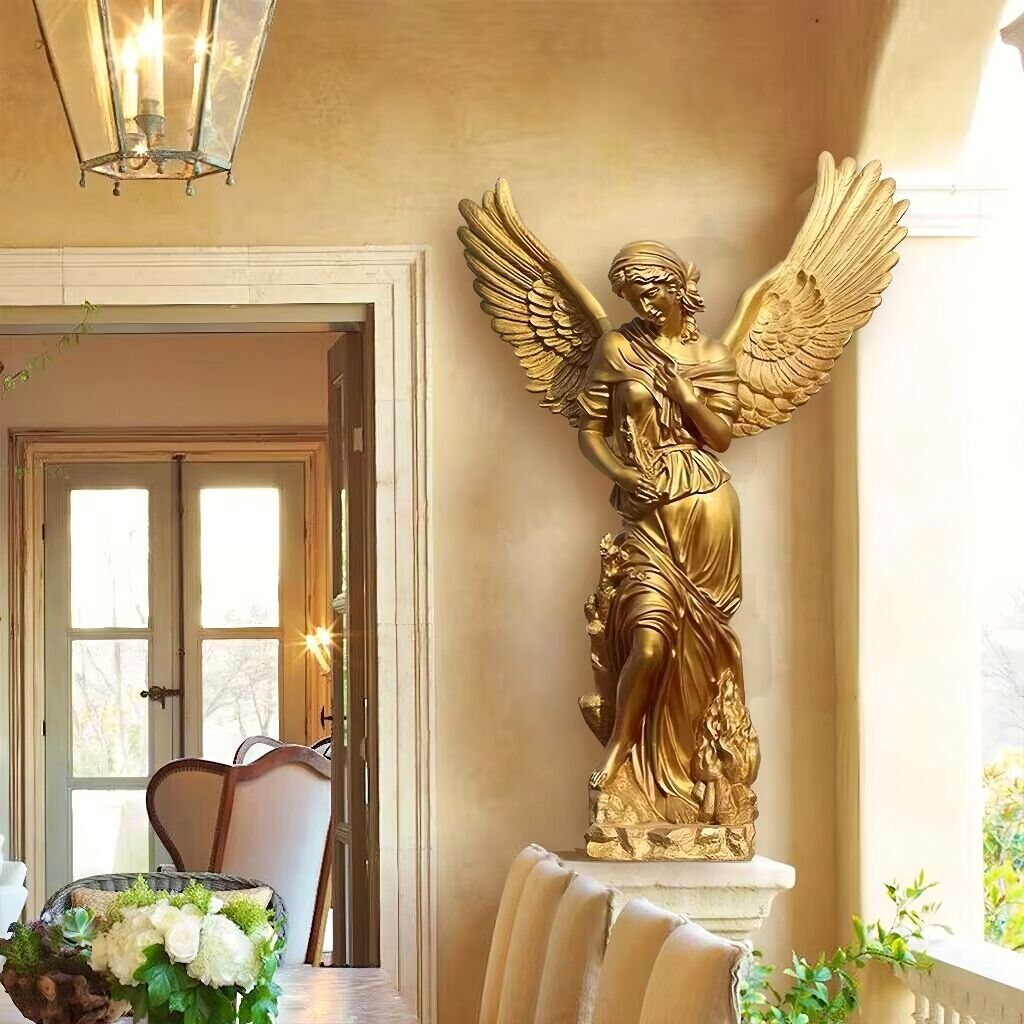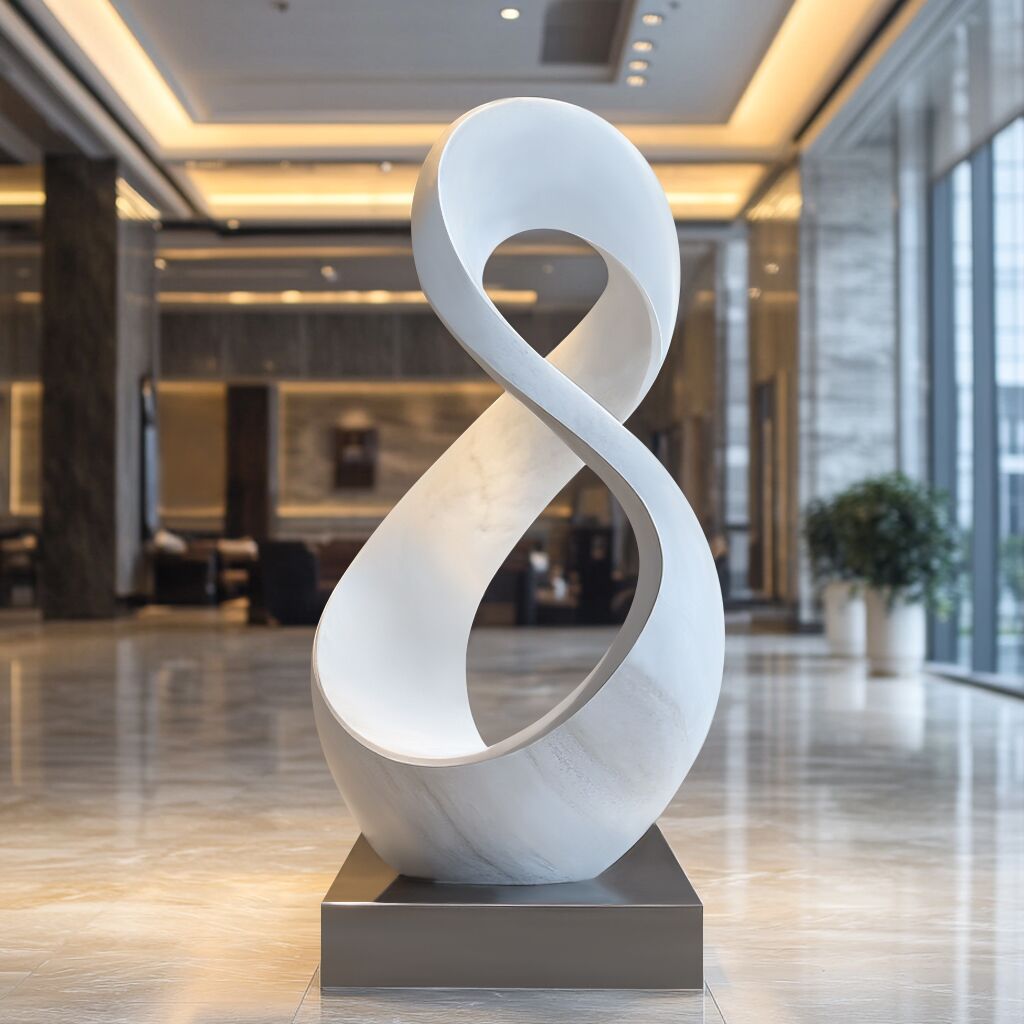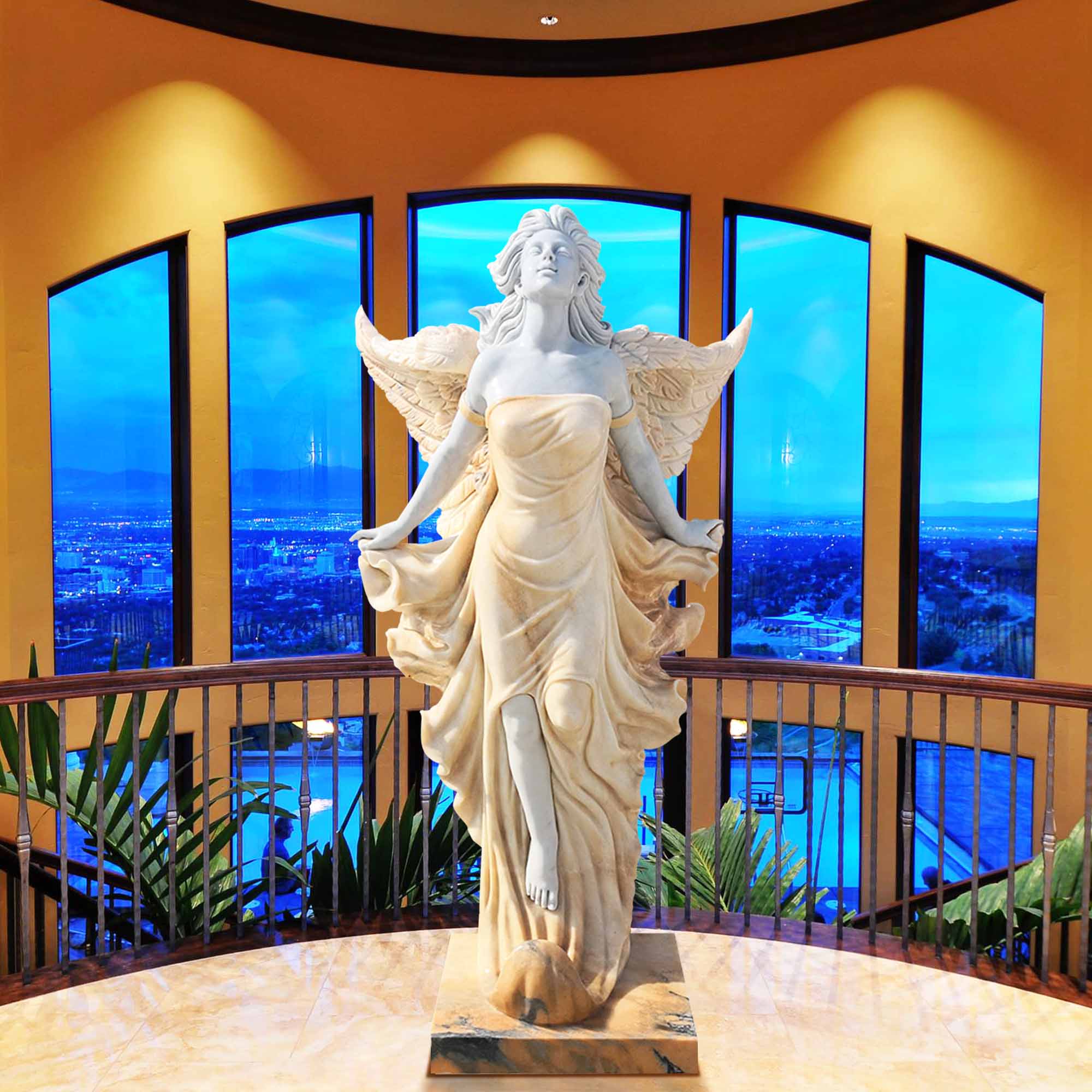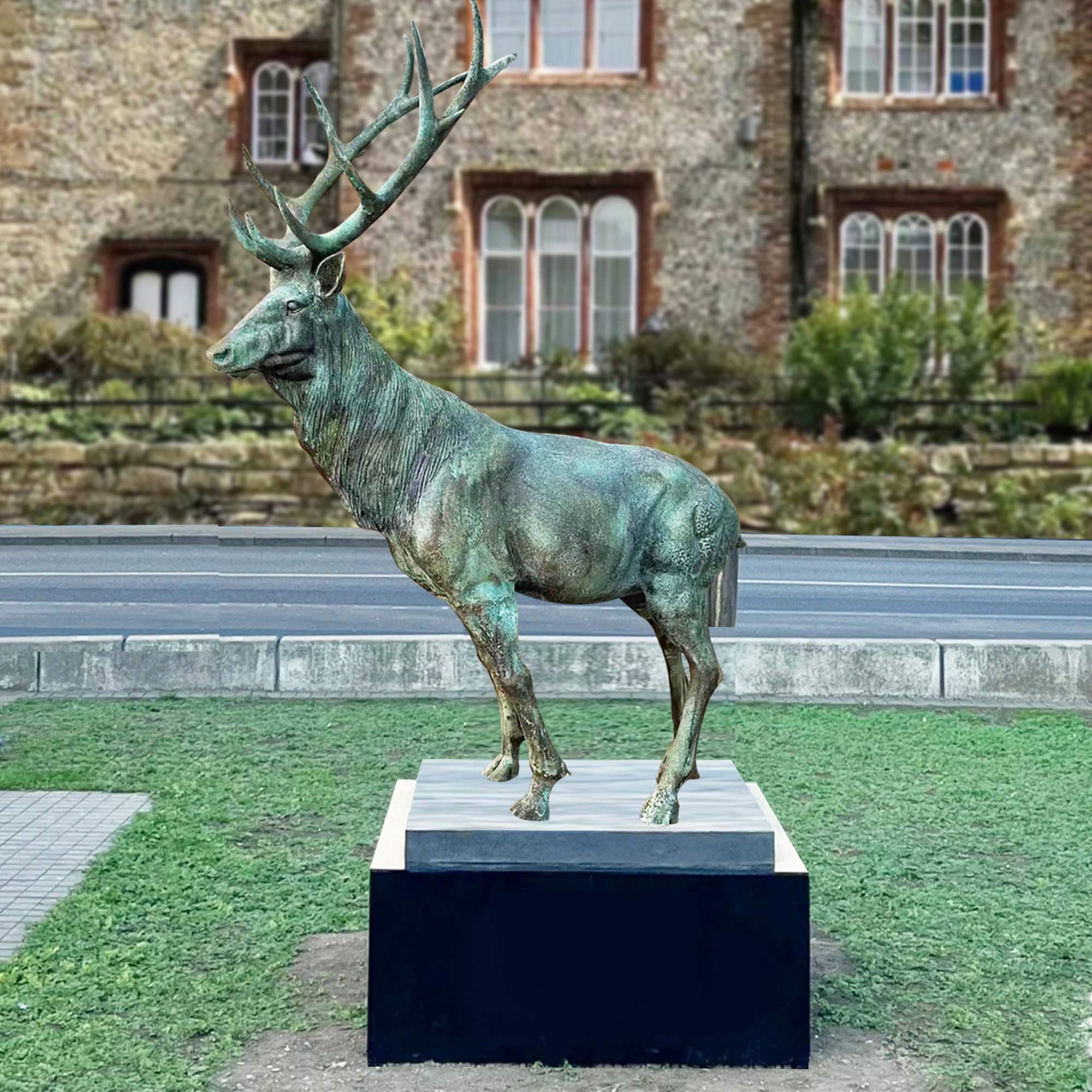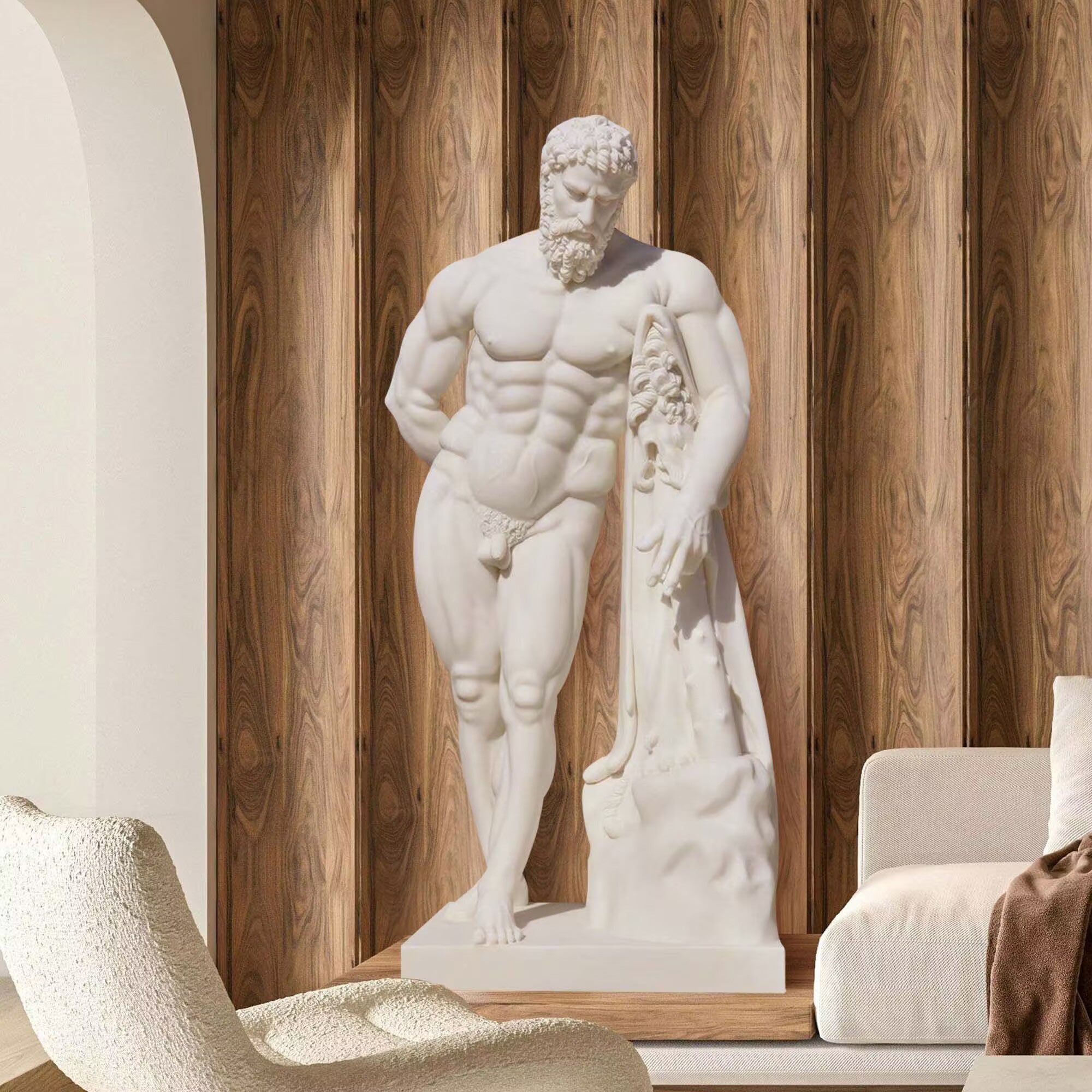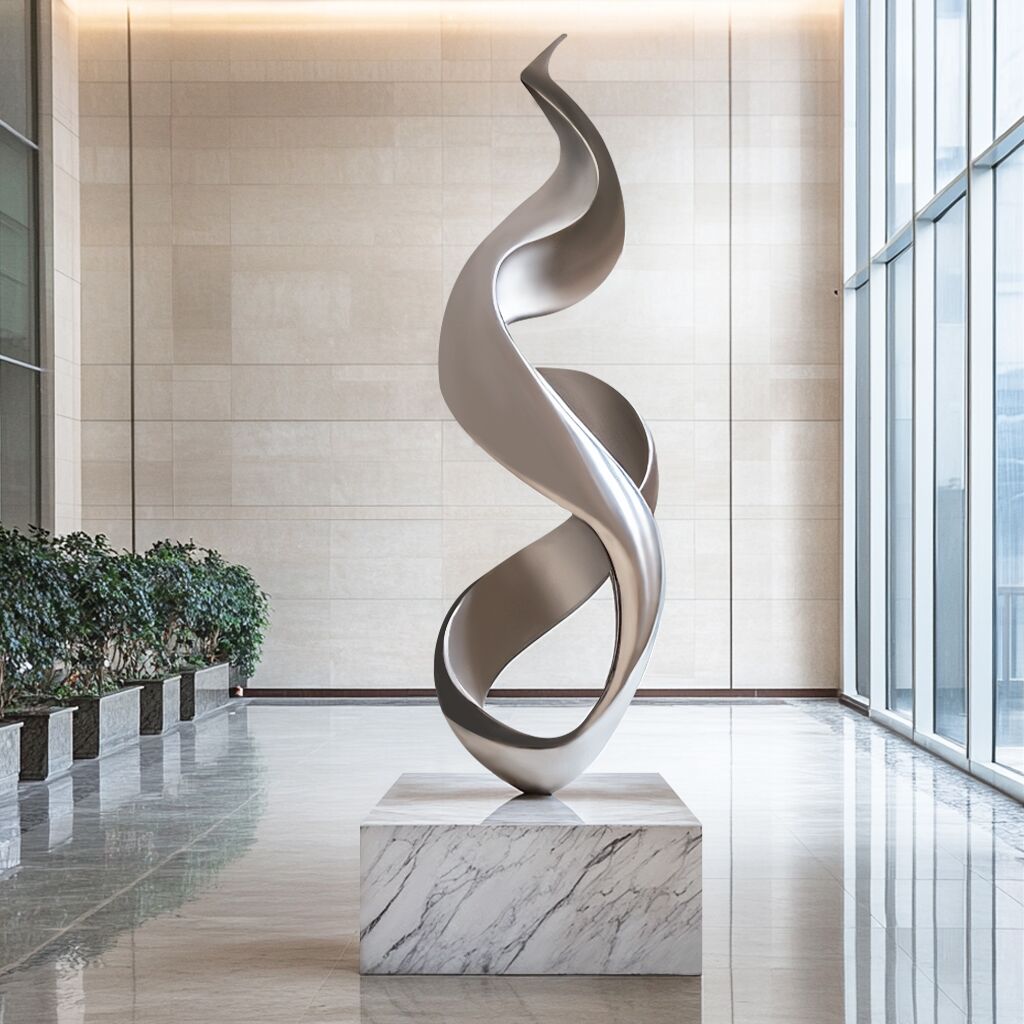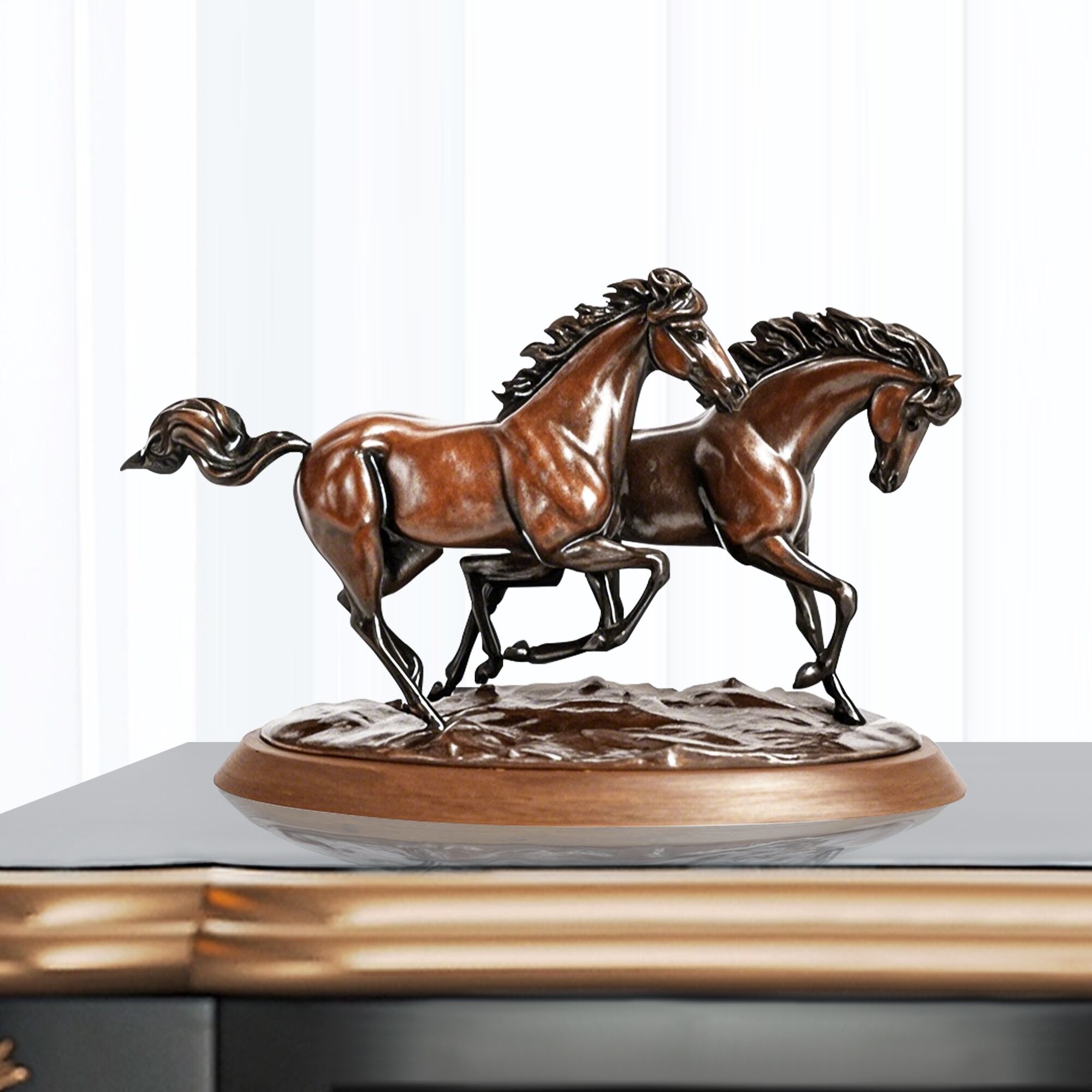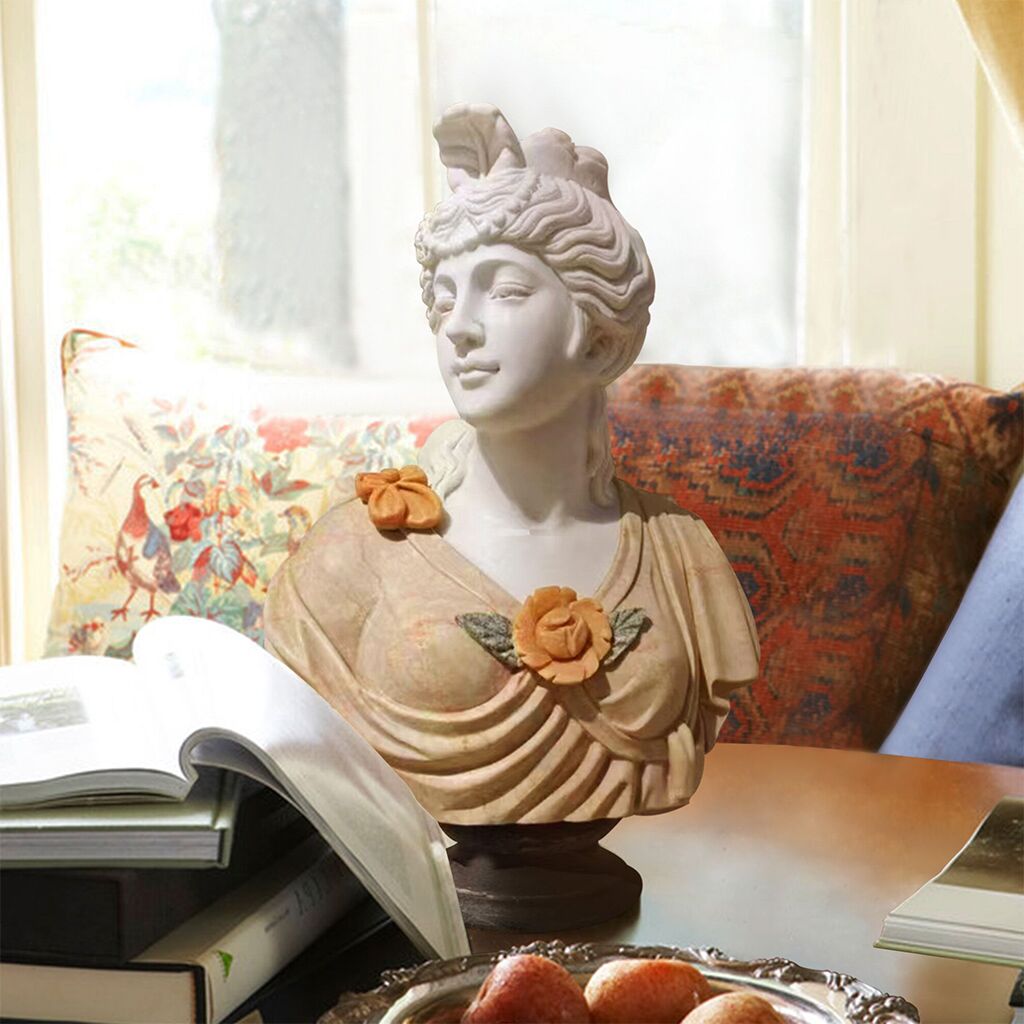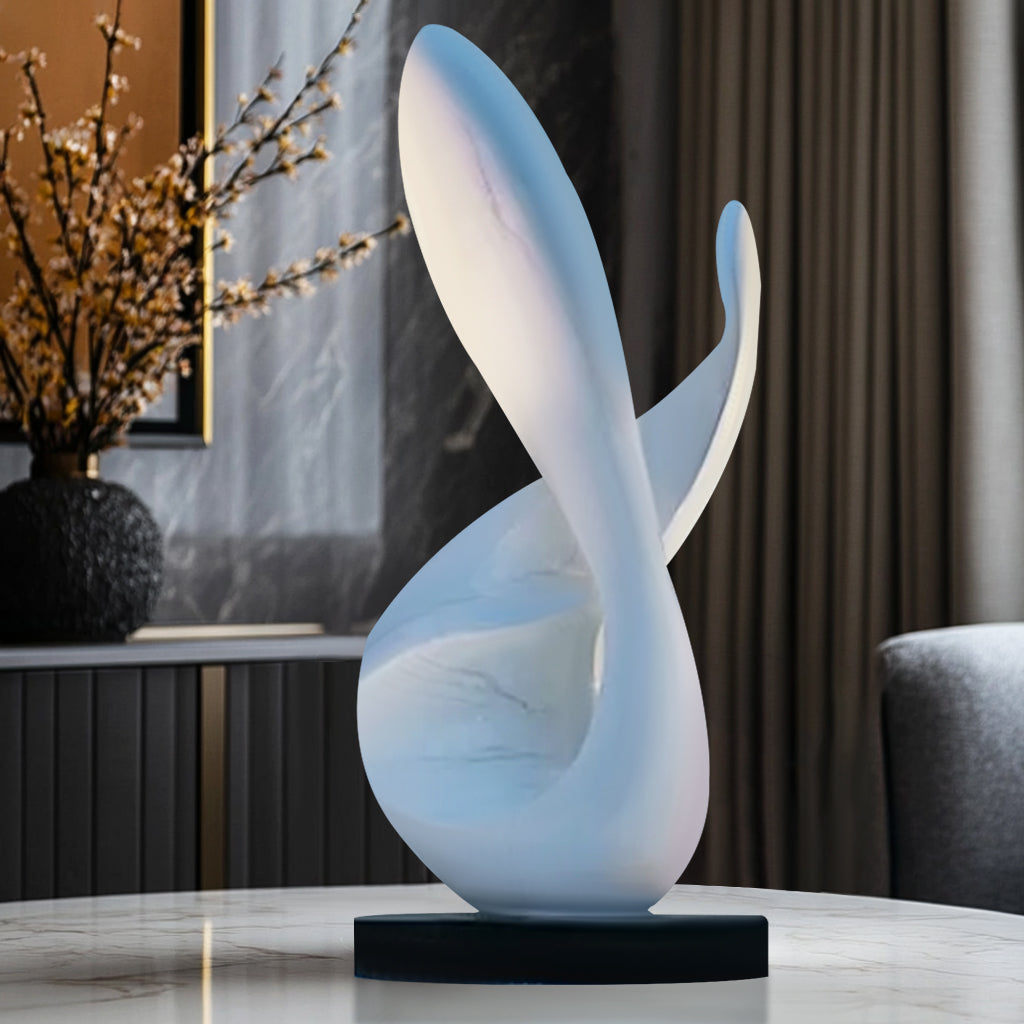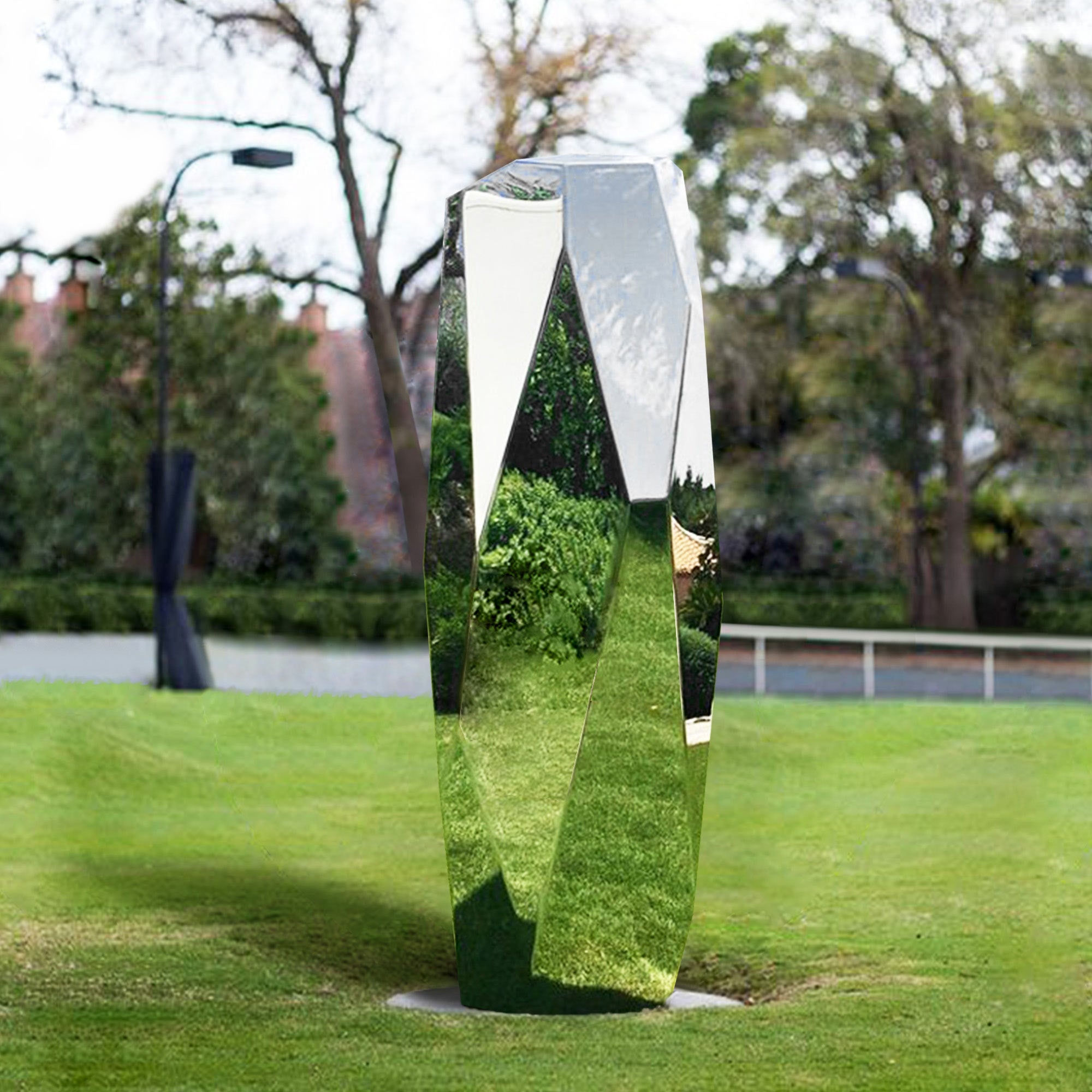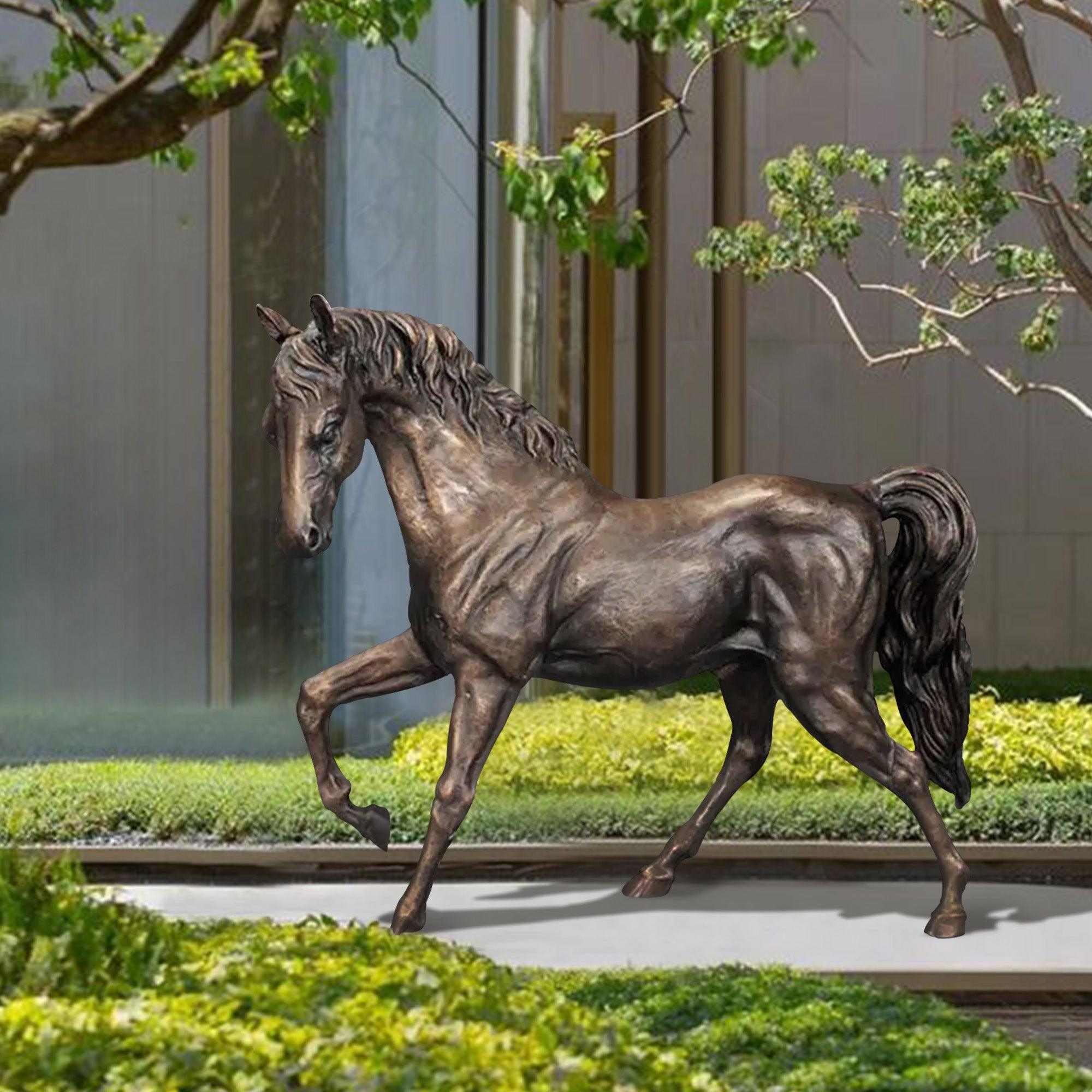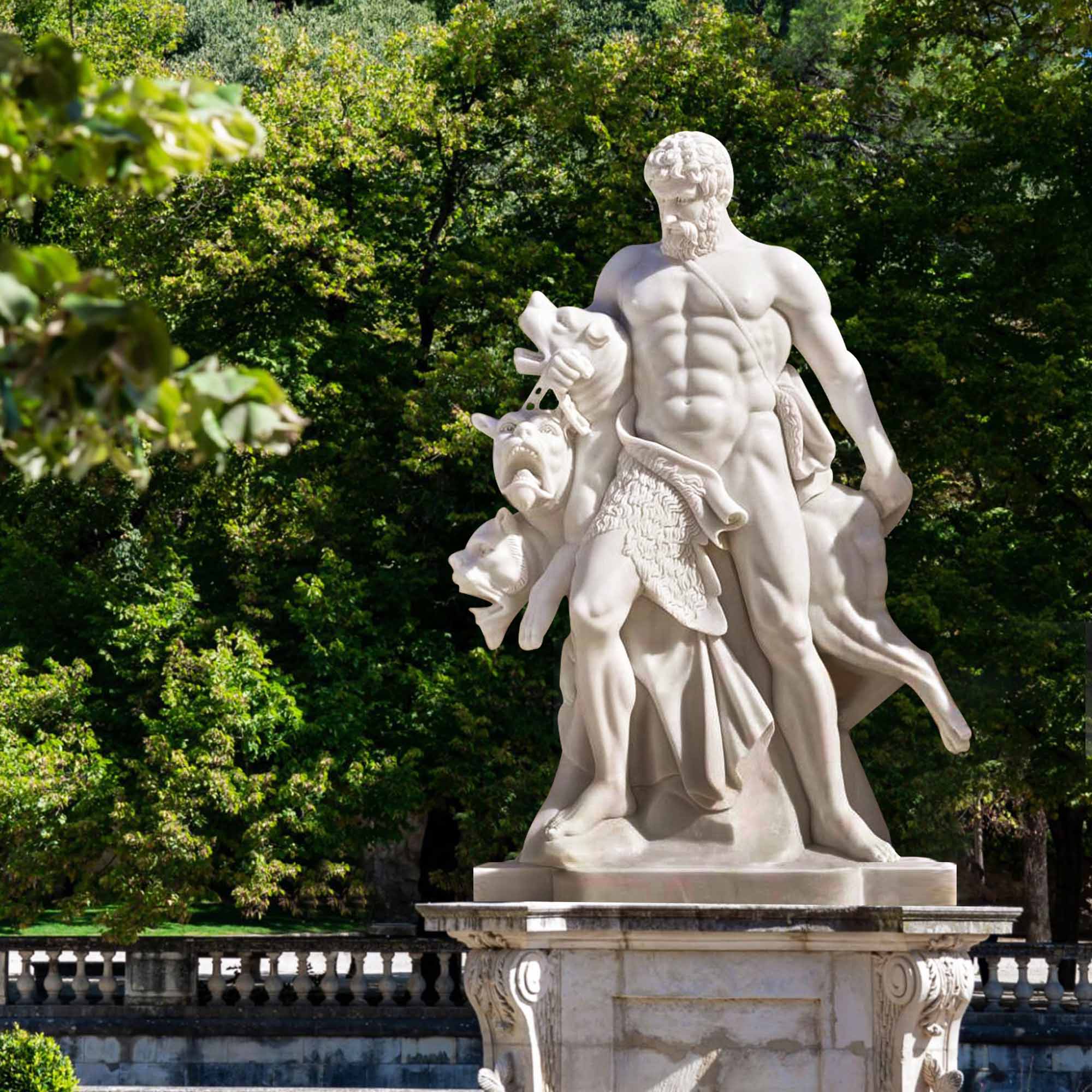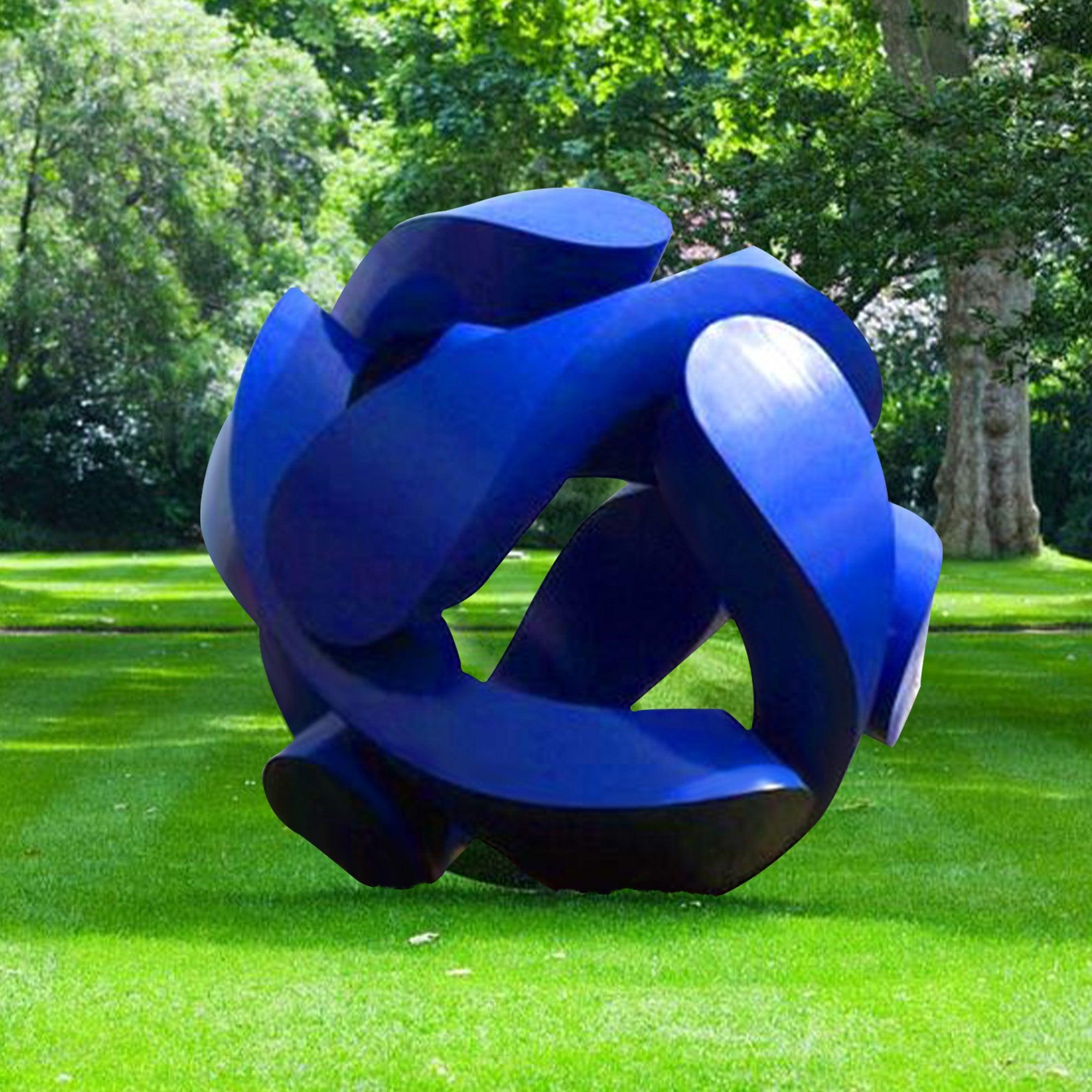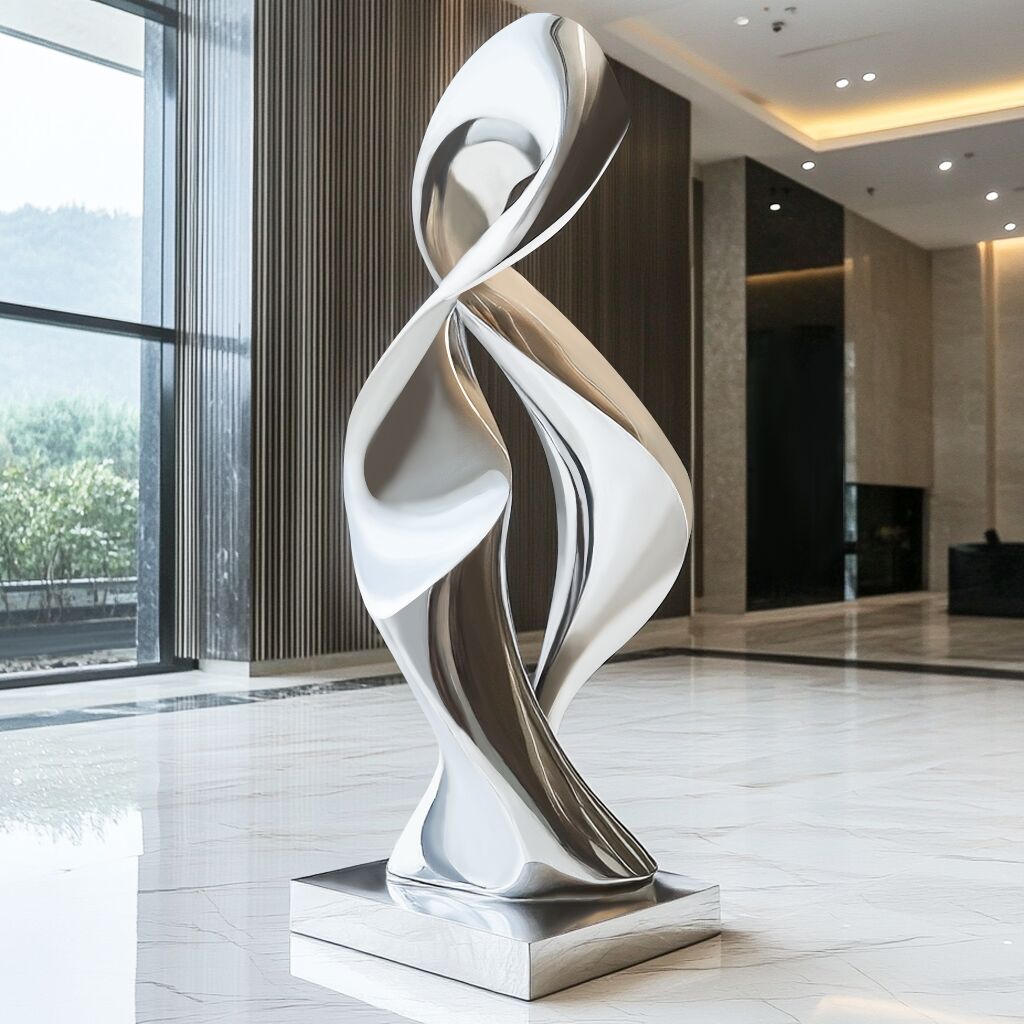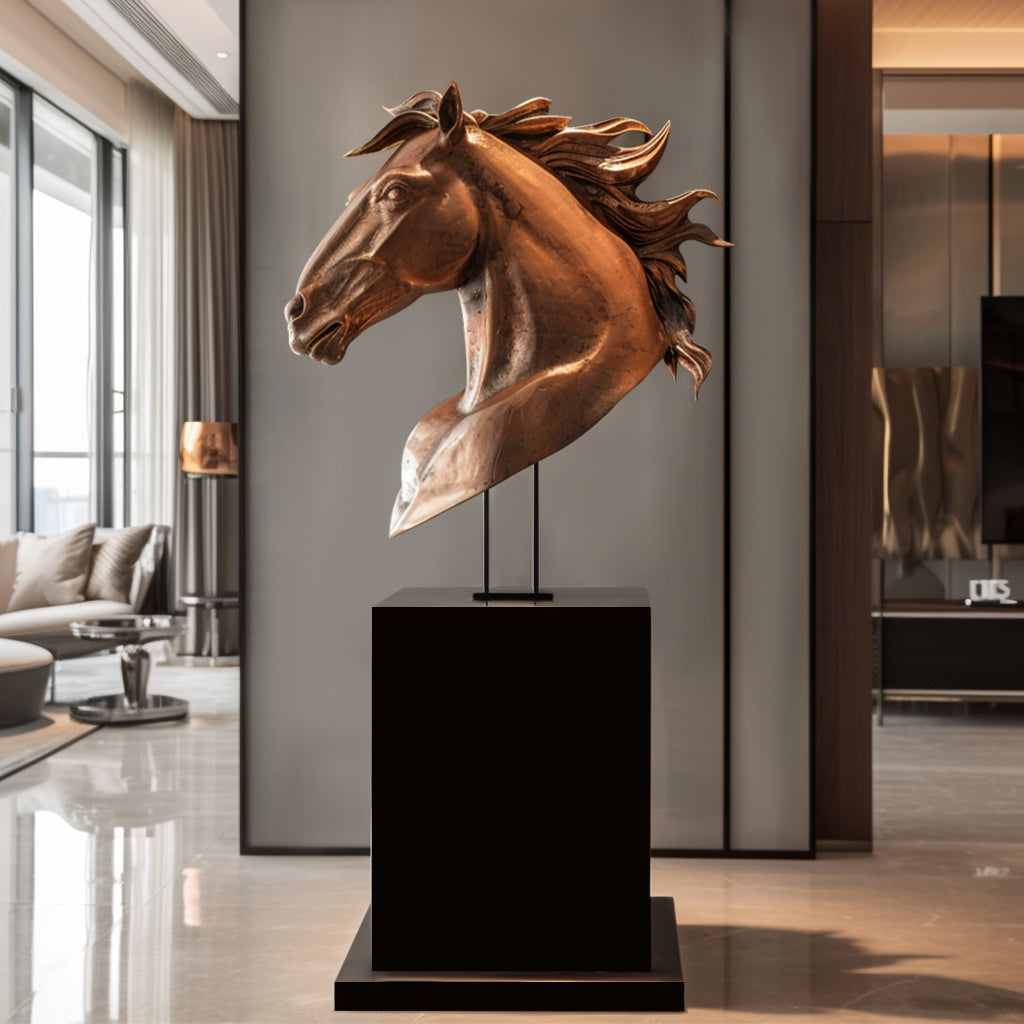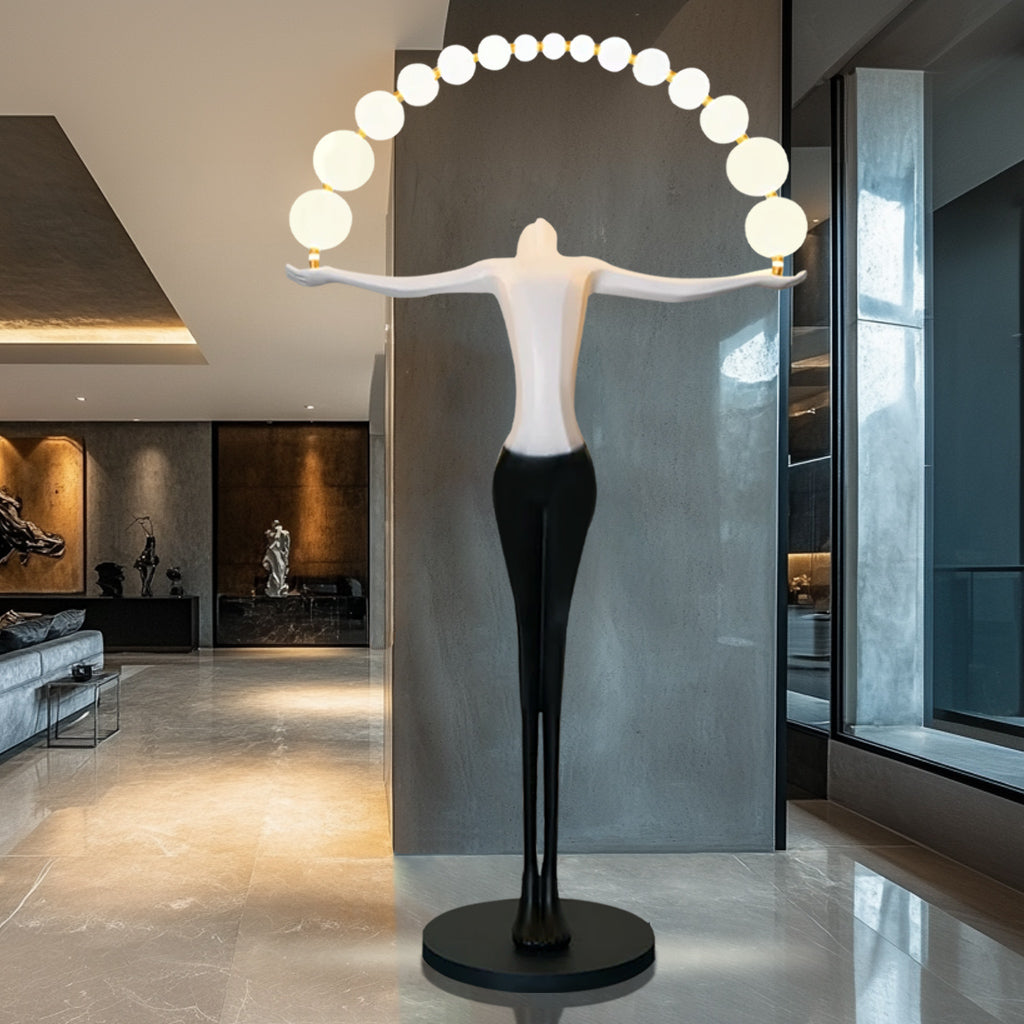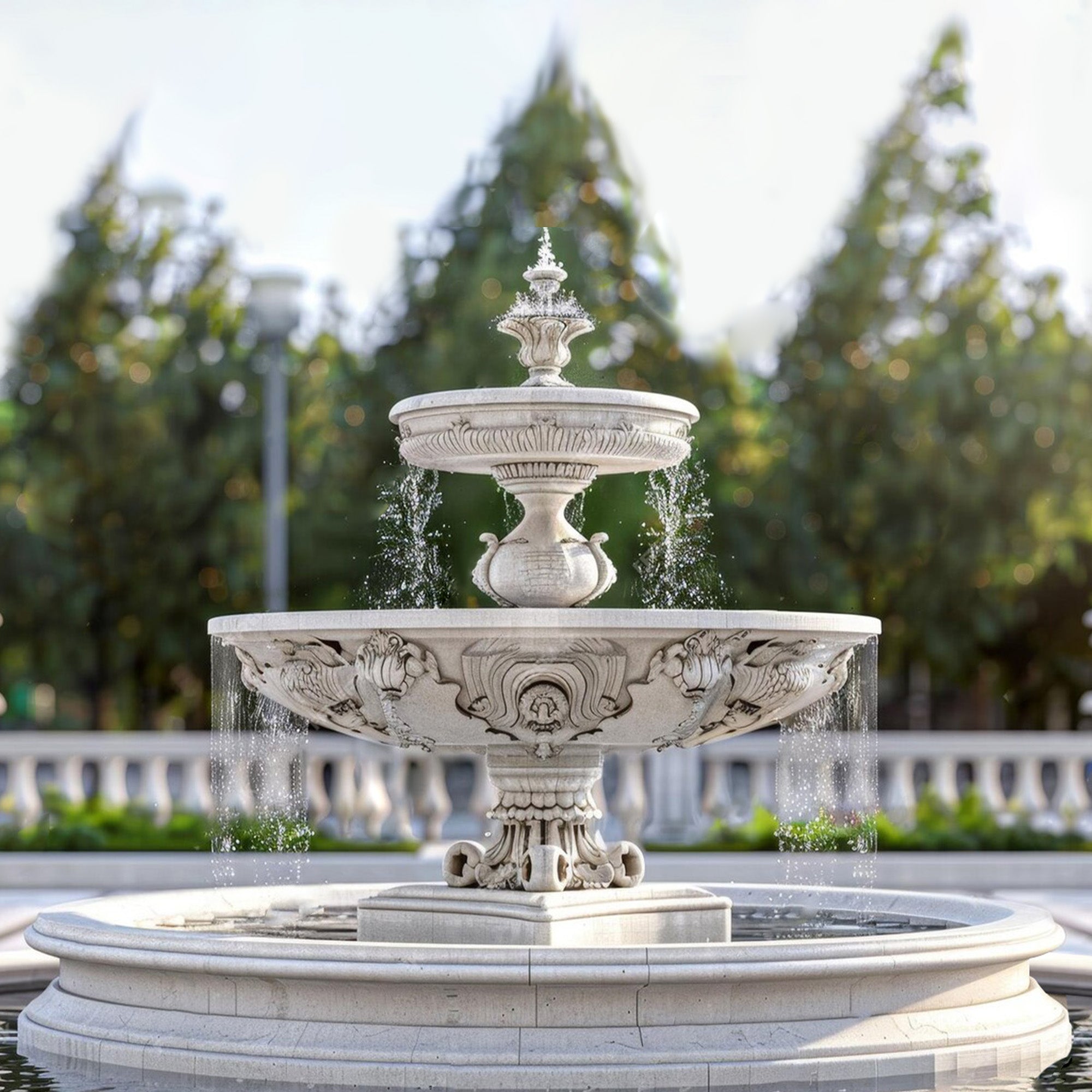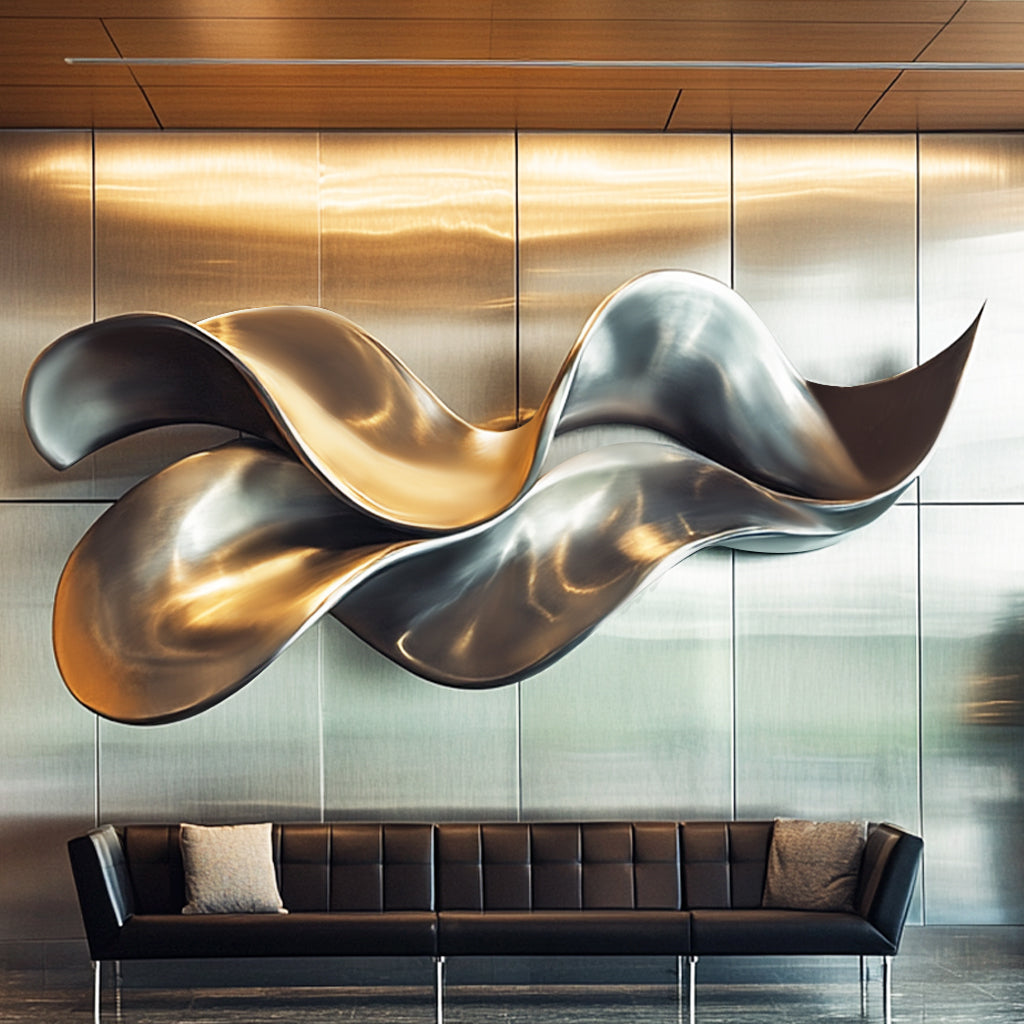Bronze statues and bronze sculpture casting have long been revered for their beauty, durability, and timeless appeal. Whether displayed in public parks, art galleries, or private collections, these masterpieces continue to captivate art lovers and collectors alike. But if you're considering investing in a bronze statue sculpture, you may be wondering, "How much does a bronze sculpture cost?" The price can vary greatly depending on several factors, from the artist's reputation to the size and complexity of the piece. In this blog, we'll break down the various elements that influence the cost of a bronze sculpture.
Factors That Affect the Price of a Bronze Sculpture
1. Size and Scale
One of the most significant factors in determining the price of a bronze sculpture is its size. Larger sculptures, especially outdoor sculptures, require more materials, and the process of casting and finishing them is more labor-intensive. A small bronze sculpture might cost a few hundred dollars, while a large-scale bronze statue sculpture, especially one intended for public spaces or galleries, could cost thousands or even millions of dollars.
The price increase is not only due to the amount of material used but also the complexity of the casting and finishing process for larger works. For example, a small figure may be completed using a single mold, while larger bronze sculptures casting may require multiple molds and pieces to be assembled.
2. Artist Reputation and Provenance
Like any form of art, the artist's reputation plays a significant role in determining the price of a bronze sculpture. Works created by renowned or well-established artists often fetch higher prices, while sculptures by emerging or lesser-known artists may be more affordable.
A bronze sculpture by a famous artist can command a premium price because of the artist's historical significance and the potential for appreciation over time. Collectors value pieces by established names, knowing that their investment may increase in value as the artist's legacy grows.
The provenance, or history of ownership, also impacts the price. A sculpture with an interesting or notable past—such as having been owned by a celebrity, exhibited in prestigious galleries, or part of a historical collection—can increase the value significantly.
3. Edition Size and Limited Runs
Many bronze sculptures are produced in limited editions, which can drive up the price. Limited edition works are often numbered and signed by the artist, making them rarer and more collectible. The fewer pieces in the edition, the higher the price is likely to be, as scarcity adds value.
A bronze statue sculpture in an edition of 10 may be significantly more expensive than one made in an edition of 100. On the other hand, an artist may also create a single, one-of-a-kind custom bronze sculpture, which can be priced higher due to its exclusivity.
4. Complexity and Detail
The level of craftsmanship and detail in a bronze sculpture directly affects the price. Sculptures that feature intricate detailing, fine textures, or multiple figures require more time, skill, and attention to detail, which will increase the cost. For example, a realistic, highly detailed bronze statue sculpture with multiple figures may take months to complete, involving complex processes such as modeling, casting, and finishing.
On the other hand, simpler or more abstract sculptures, which may not require as much fine detailing or intricate mold work, tend to be less expensive. The design complexity often correlates with the cost of a bronze sculpture casting, as more intricate works require greater technical expertise.
5. Casting Process and Material Quality
The casting method used also affects the cost of the bronze sculpture. The traditional "lost-wax casting" method, which has been used for thousands of years, involves creating a wax model that is then coated in a mold of bronze. This process is labor-intensive, as it requires both skill and time to execute, thus raising the price.
Additionally, the type of bronze used in the sculpture can influence its cost. Some bronzes contain higher percentages of copper or other alloys, which can increase the material's value. The quality of the material and the casting bronze statues process ensures the durability and longevity of the sculpture, which is crucial for both its aesthetic and financial value.
6. Location and Gallery or Dealer
The location where you purchase the bronze sculpture also plays a role in its cost. Art galleries in major cities or highly respected institutions will generally have higher prices due to overhead costs, reputation, and clientele. Similarly, a bronze sculpture purchased from a dealer specializing in rare or luxury items may be more expensive than one bought directly from an artist.
If you are purchasing a bronze sculpture for a commercial or public installation, the cost may be higher due to the complexity of logistics, installation, and customization required.
Average Price Range for Bronze Sculptures
Given all these factors, the price of a bronze sculpture can vary dramatically. To provide a general idea, here are some typical price ranges:
-
Small Sculptures (under 12 inches tall): These are often priced between $200 and $5,000, depending on the artist's reputation and the level of detail involved.
-
Medium Sculptures (12 to 36 inches): These can range from $2,000 to $20,000 or more, with higher prices for limited editions or sculptures by renowned artists.
-
Large Sculptures (over 36 inches): Larger works can range anywhere from $10,000 to several hundred thousand dollars. Major works by famous artists can even exceed a million dollars.
-
Monumental Sculptures (public art or installations): These can range from $50,000 to several million dollars, depending on the size, artist, and installation requirements.
Is It Worth the Investment?
While bronze sculptures can be a significant investment, they often increase in value over time, especially if the artist gains more recognition or if the sculpture is part of a limited edition. Collectors and investors alike appreciate the durability, timelessness, and cultural significance of bronze sculpture casting, making them a rewarding addition to any collection.
The emotional and aesthetic value of owning a bronze statue sculpture is also an important consideration. These pieces often become the focal point of a room or outdoor space, providing not just beauty but a lasting connection to the artist’s work and vision.
Conclusion
The cost of a bronze sculpture varies widely depending on several factors, including size, artist reputation, edition size, complexity, and the casting process. Whether you are purchasing a custom bronze sculpture for your home or a large-scale outdoor sculpture for a public space, understanding these factors can help you make a more informed decision.
While bronze sculptures can be expensive, they offer a timeless appeal and can be a valuable investment that adds beauty and prestige to any collection or space. When considering a bronze statue sculpture, remember that you are investing not just in a piece of art but in a lasting legacy of craftsmanship and creativity. Whether you're looking for an indoor sculpture or a statement outdoor sculpture, these pieces will certainly add a bold and elegant touch to any environment.
If you're looking to create a high-quality, cost-effective bronze sculpture, feel free to reach out to us at FINEST SCULPTURE. We specialize in custom bronze sculptures that perfectly fit your vision, providing you with exceptional art at competitive prices. Let us help bring your artistic ideas to life!

